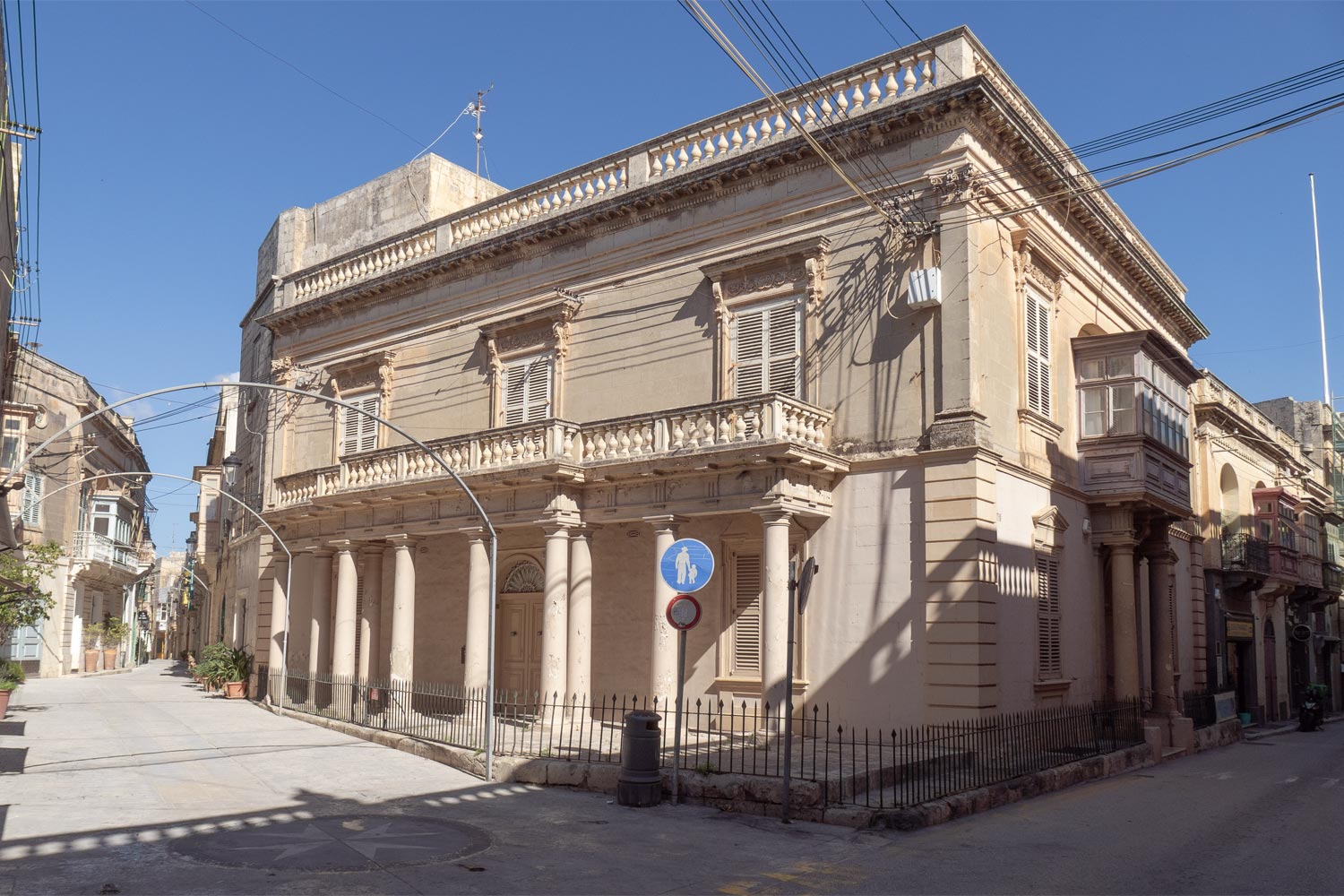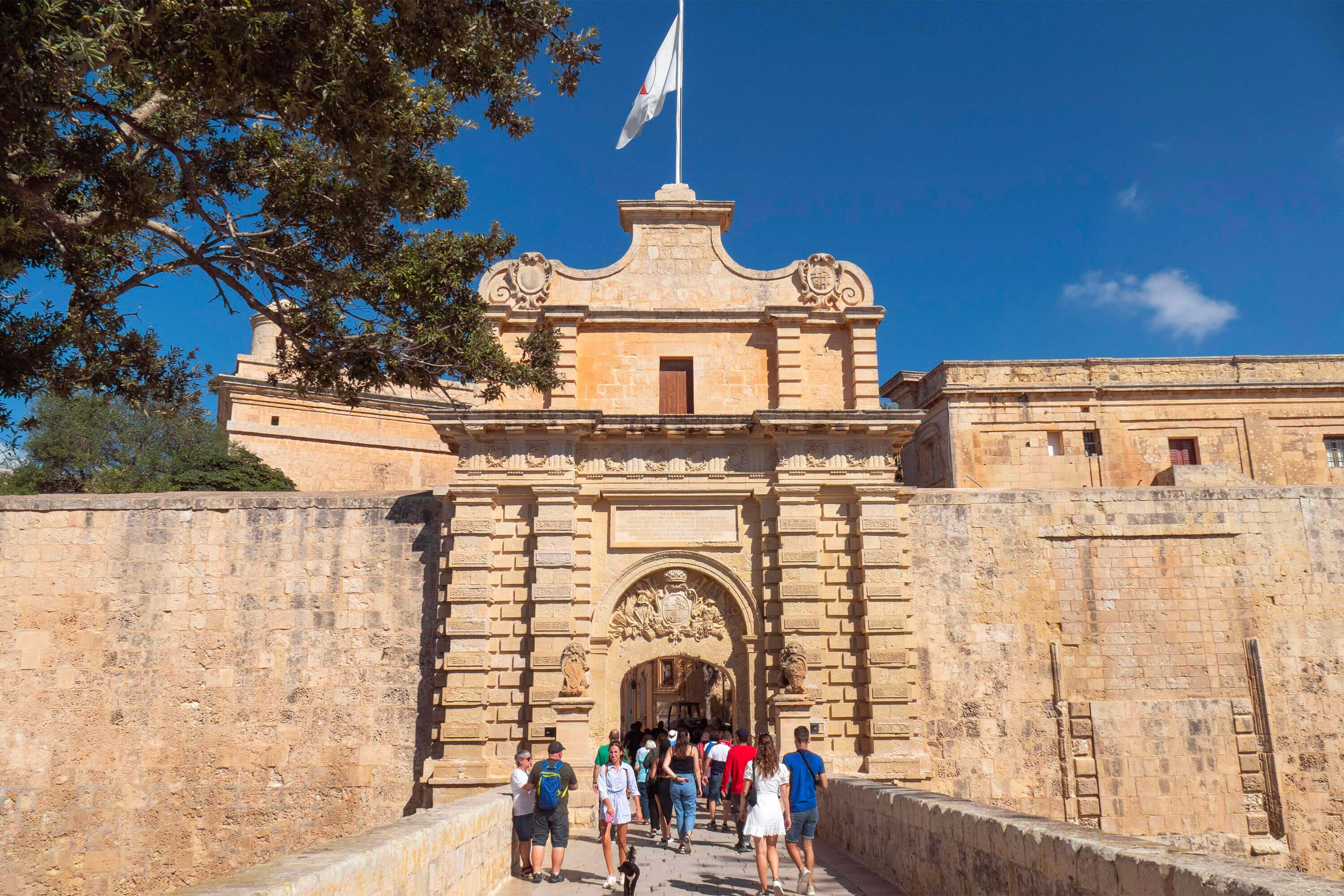Mdina
Malta is so marine that even the bus stops in Valletta are called bays.
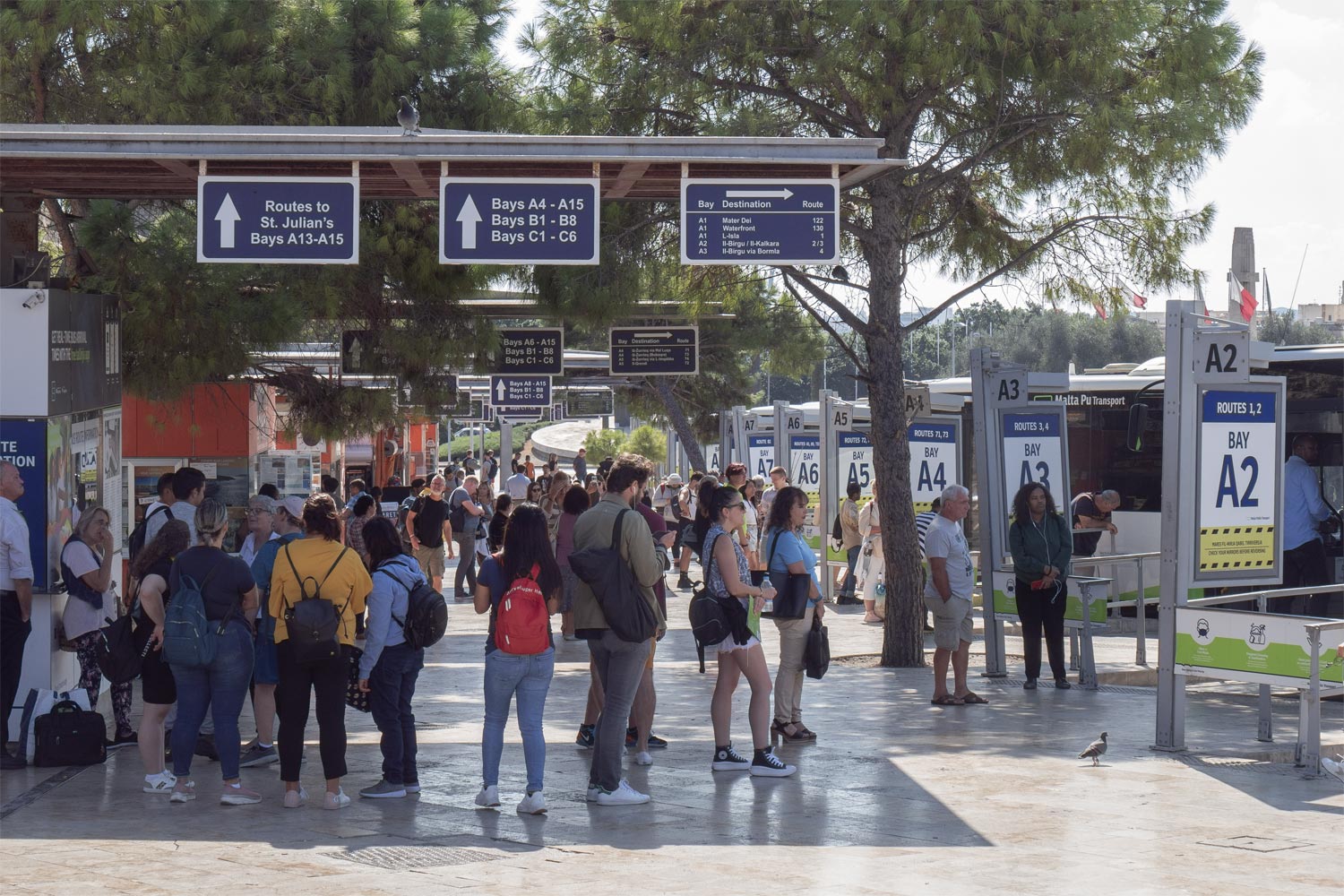
Buses go from Valletta to Mdina, the historical capital of the island. But the first thing that catches the eye when getting off the bus is not ancient ruins, but an English telephone booth. Malta was part of Great Britain from 1814 to 1964.
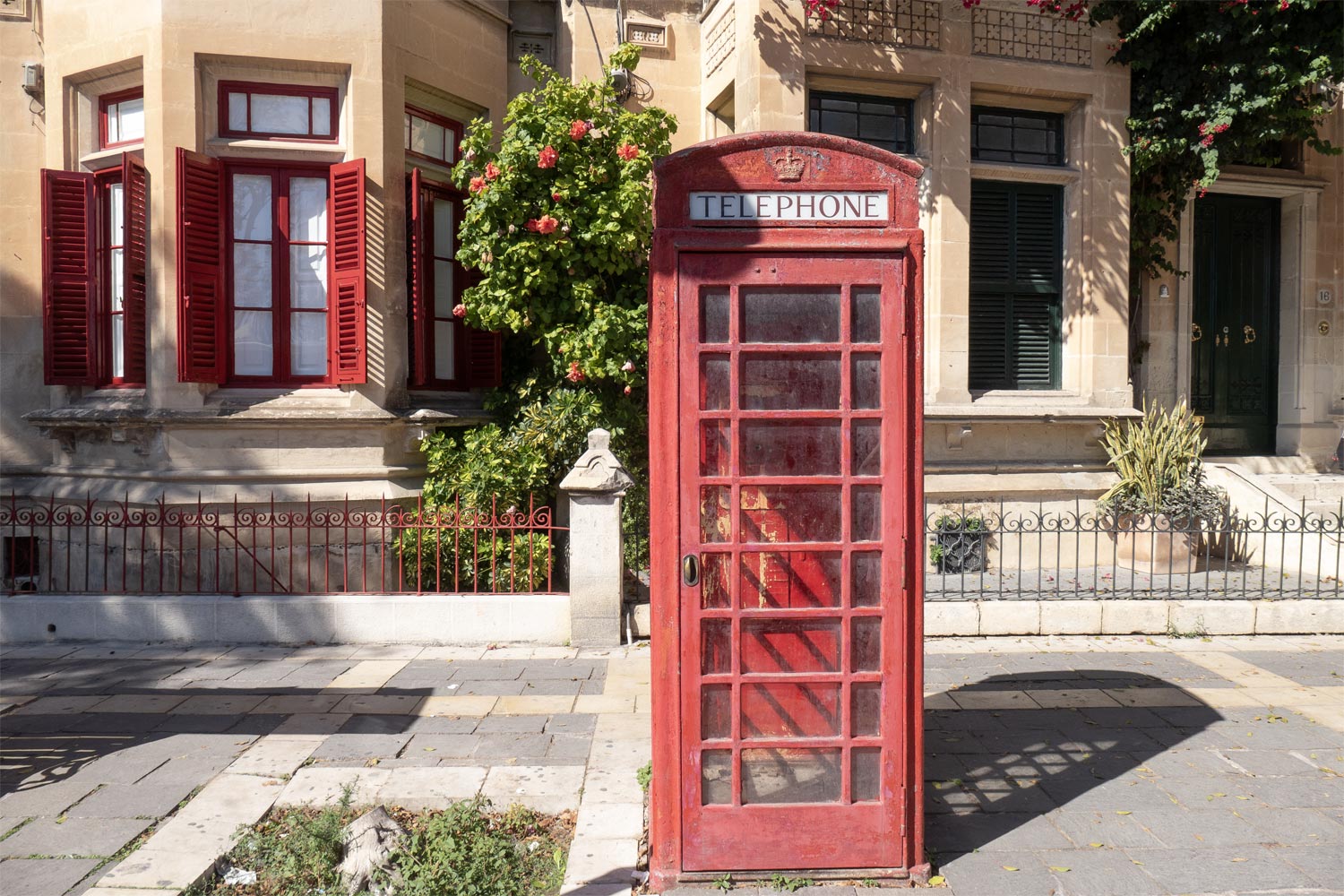
However, just a hundred meters away is an impressive fortress.
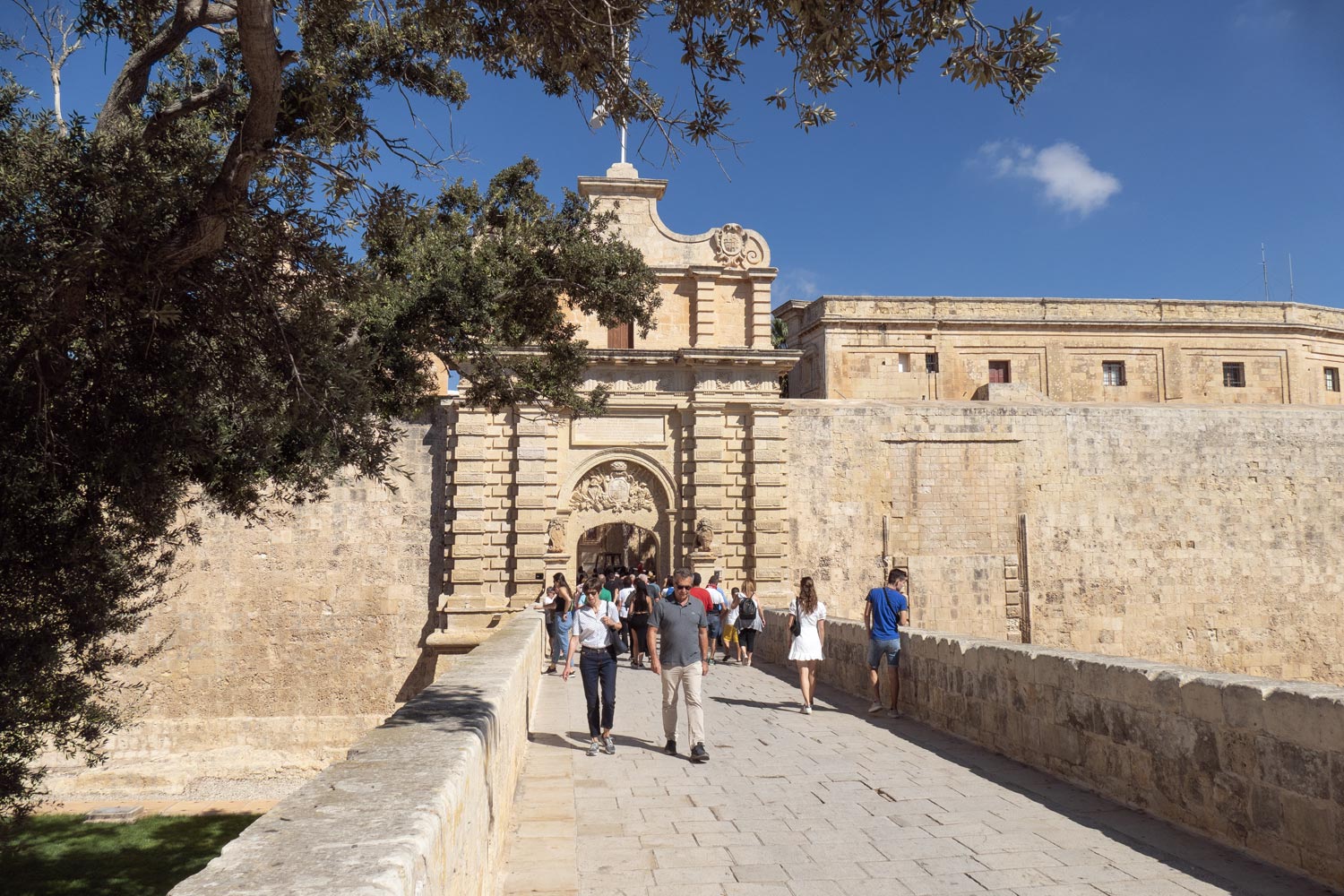
Mdina is a very old city. People lived here 4 thousand years ago, but the fortress in its modern form was built by the descendants of the Crusaders between the 16th and 18th centuries.
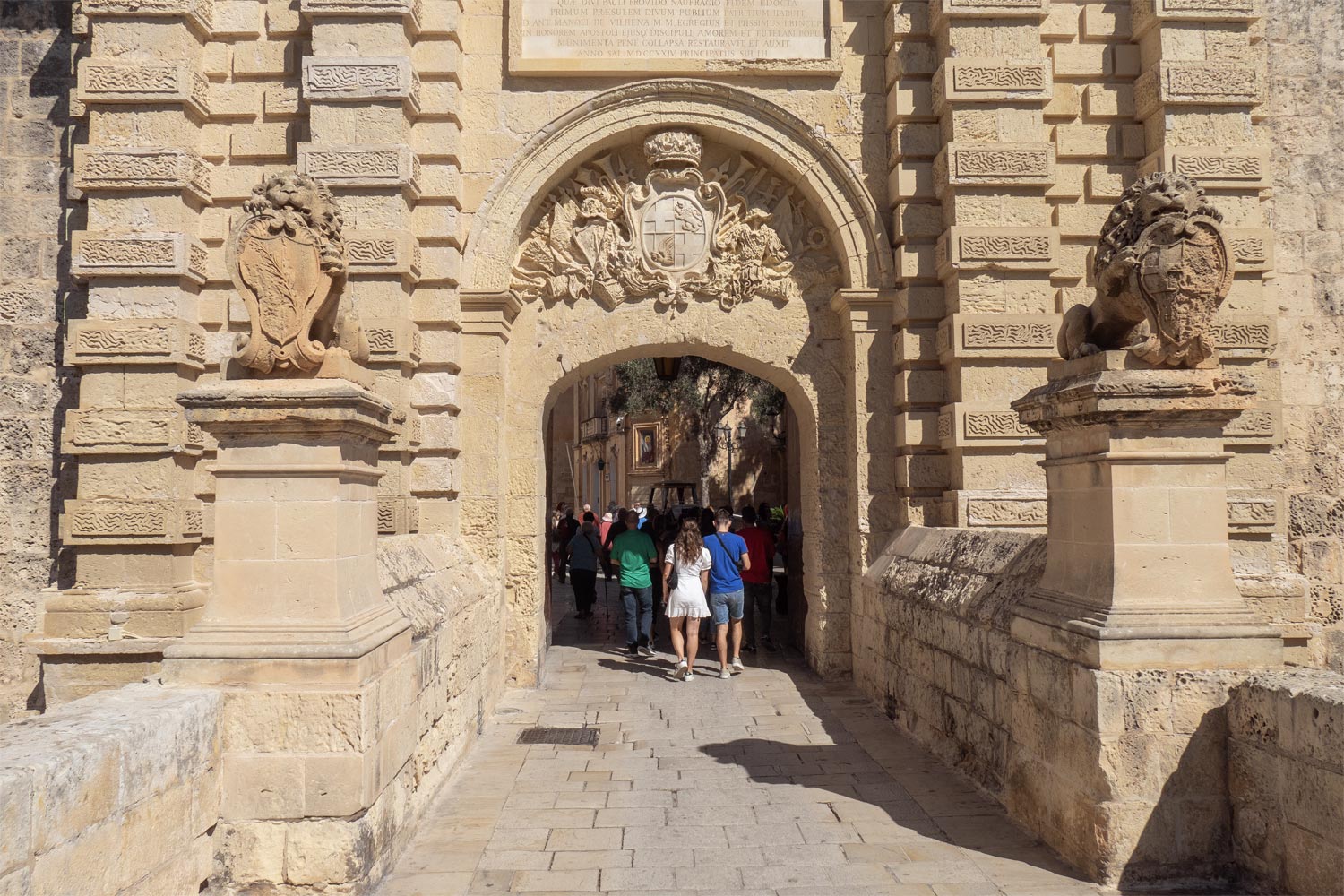
At the same time, the name Mdina is an Arabic word “medina” with a reduced sound “e,” meaning simply “city.” Besides this, there is nothing else Arabic left here.

Actually, the entire city is inside the fortress, like Valletta. The beauty is incredible.
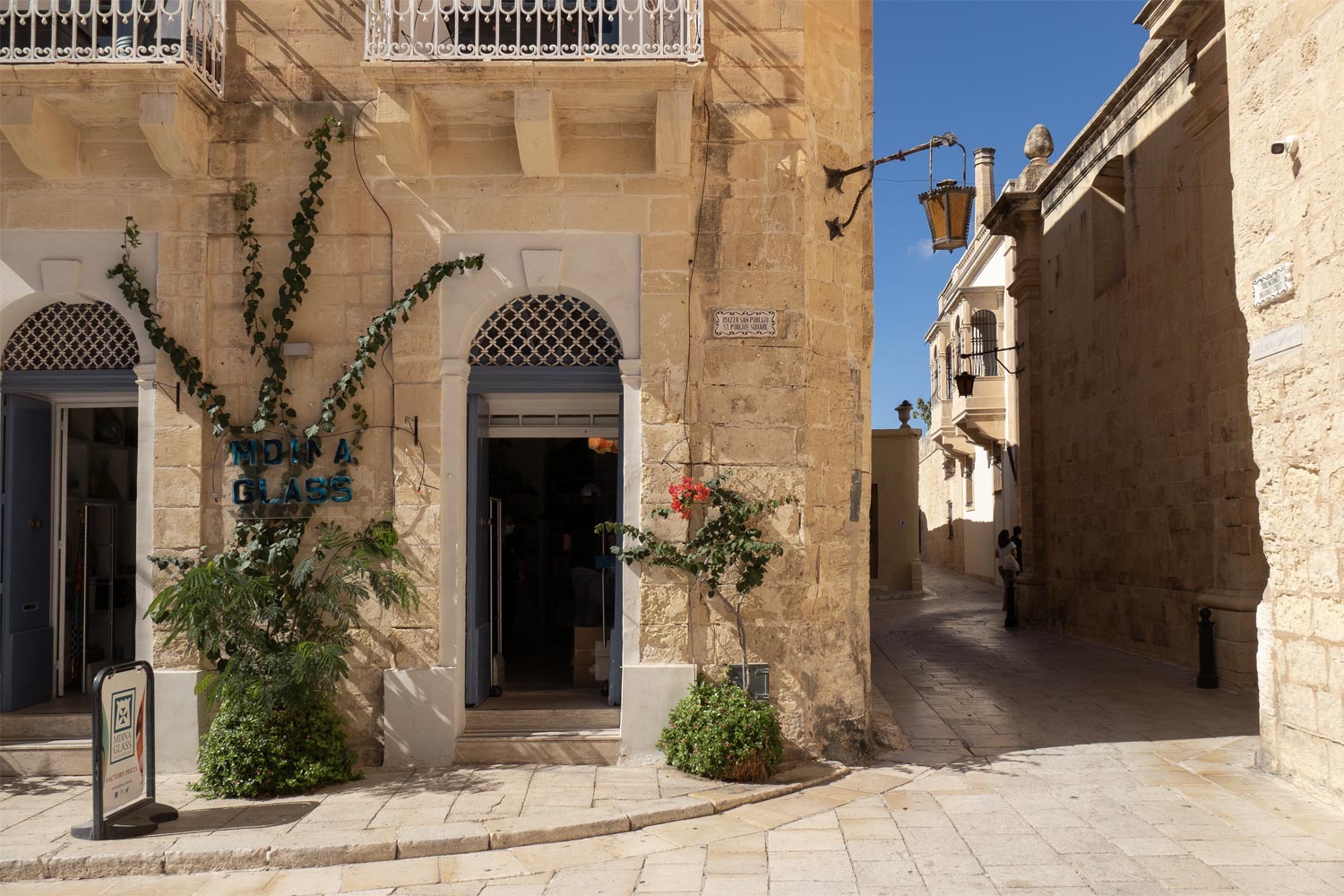
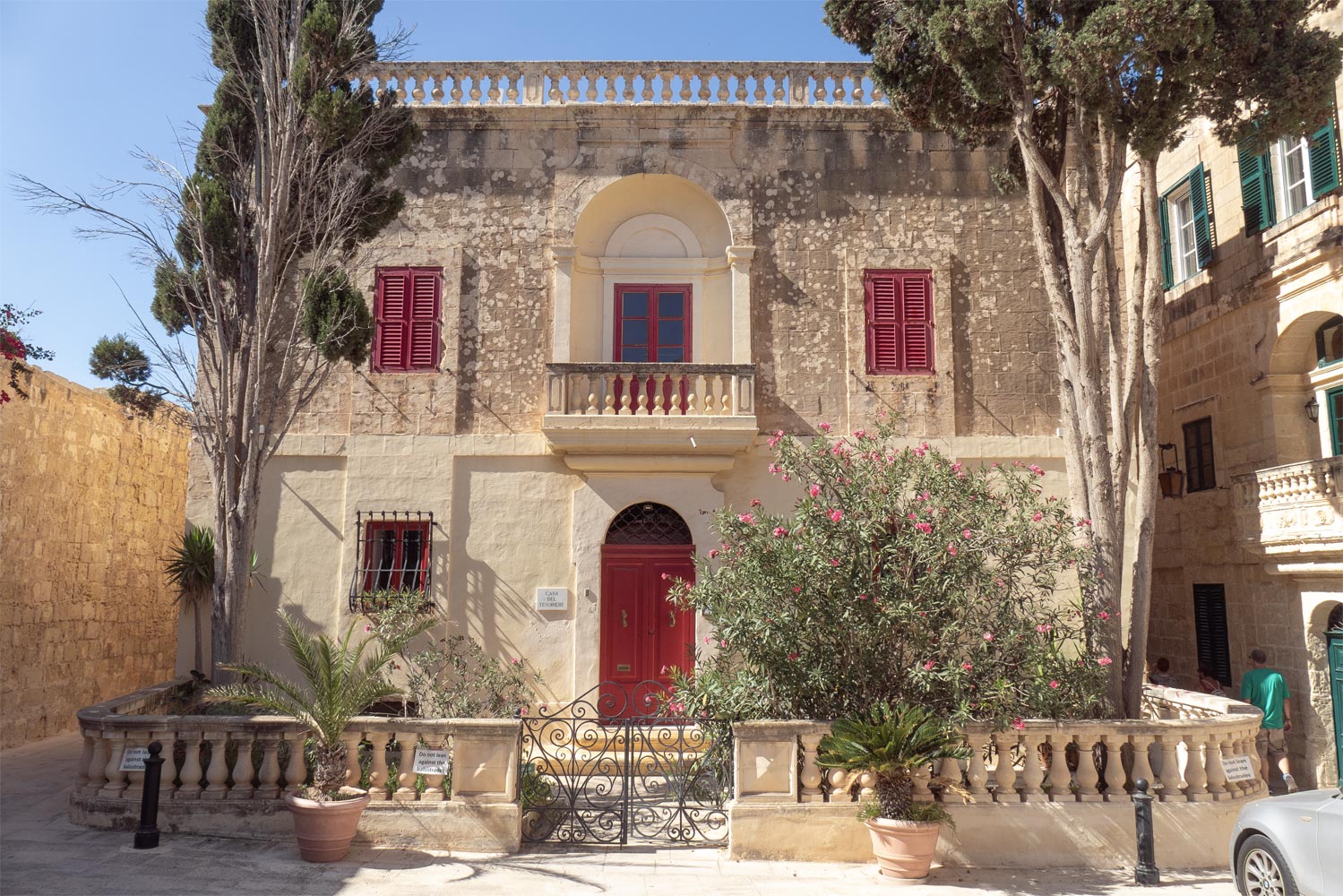
Street signs of absolutely impossible beauty.

The alleyways of Mdina are narrow and straight.
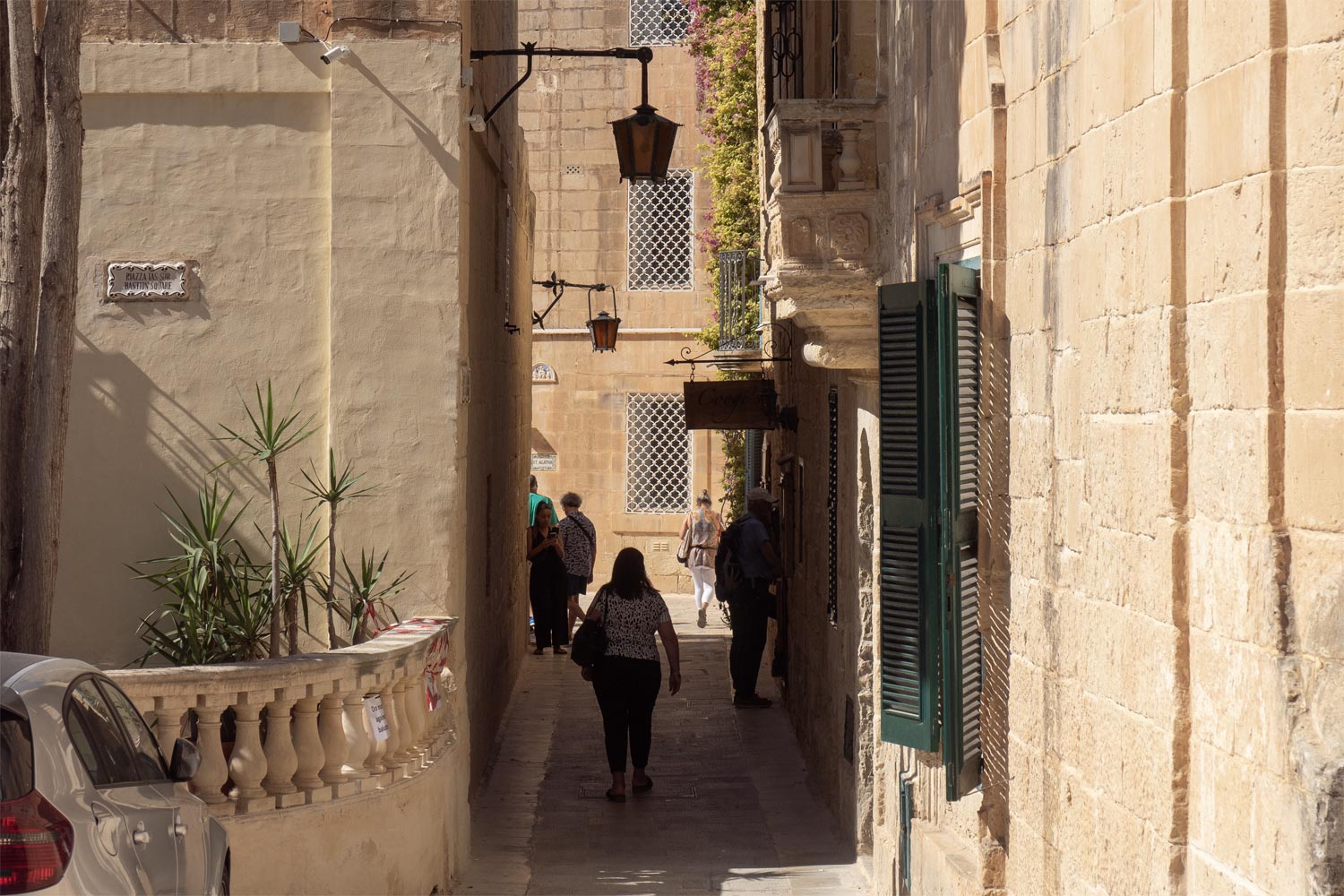
Like everything in Malta, Mdina is entirely built from sandstone. It’s not the most durable material, so in some places, the walls are well worn.
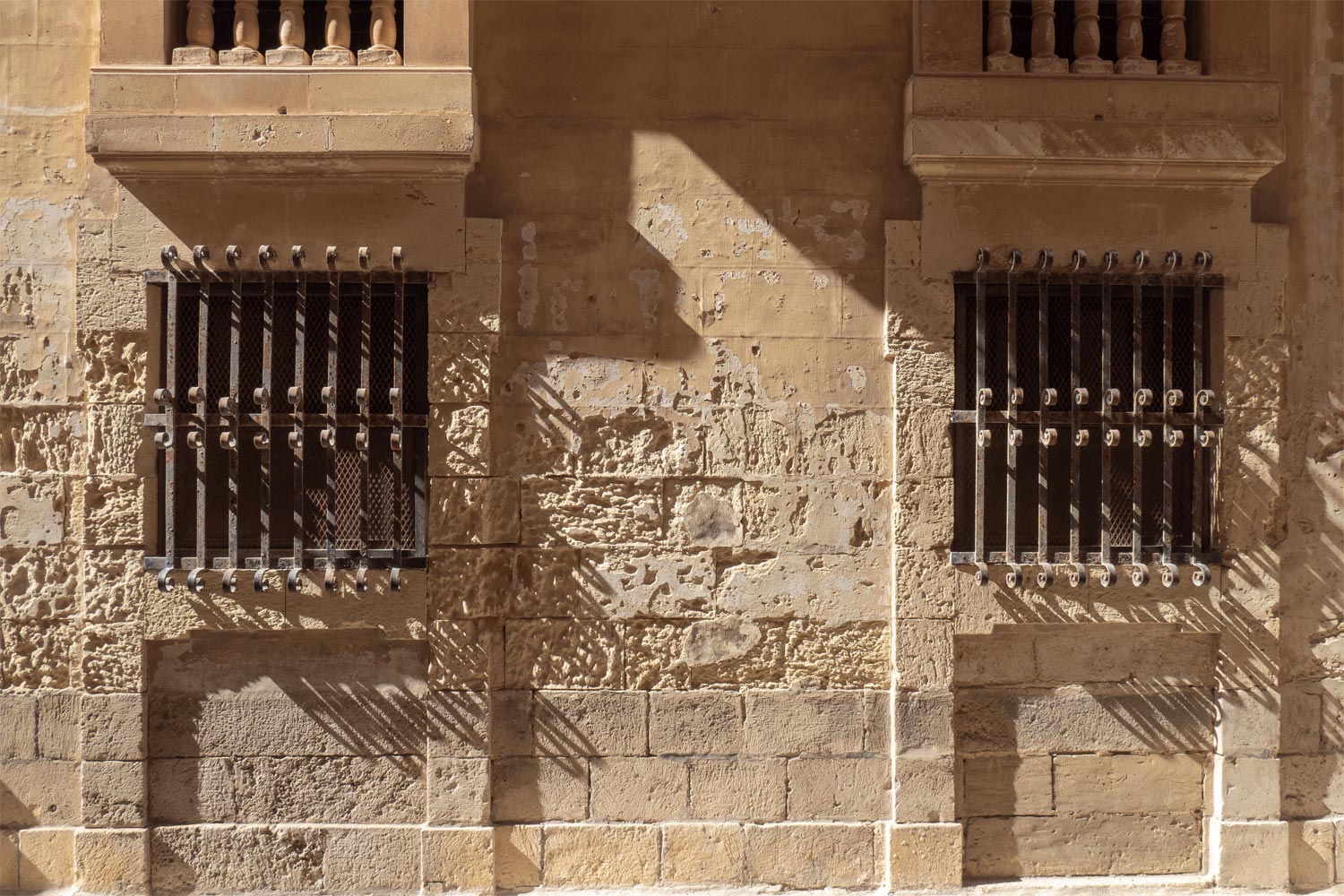
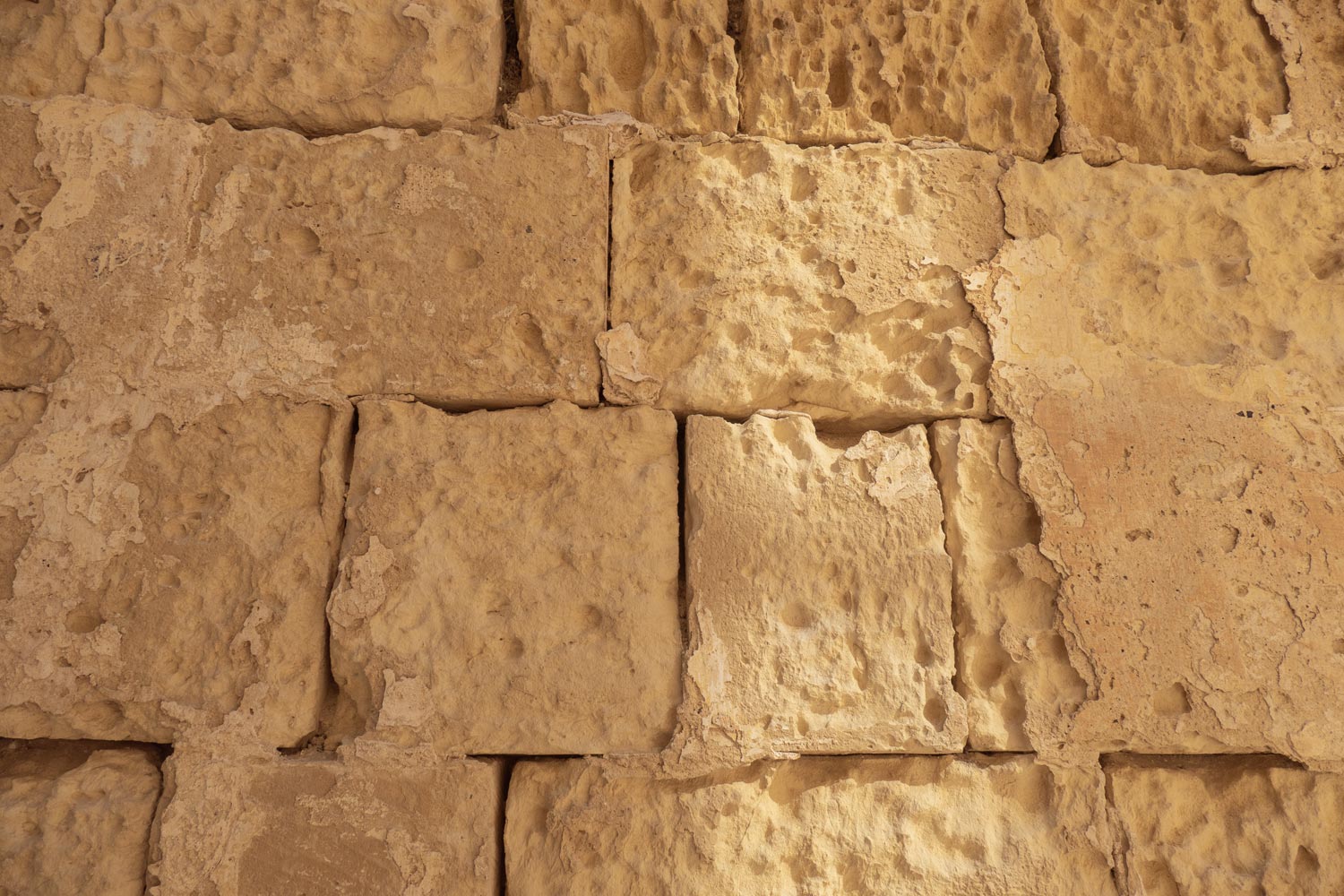
Like Valletta, Mdina resembles an apartment where the walls are covered from floor to ceiling with the same wallpaper.
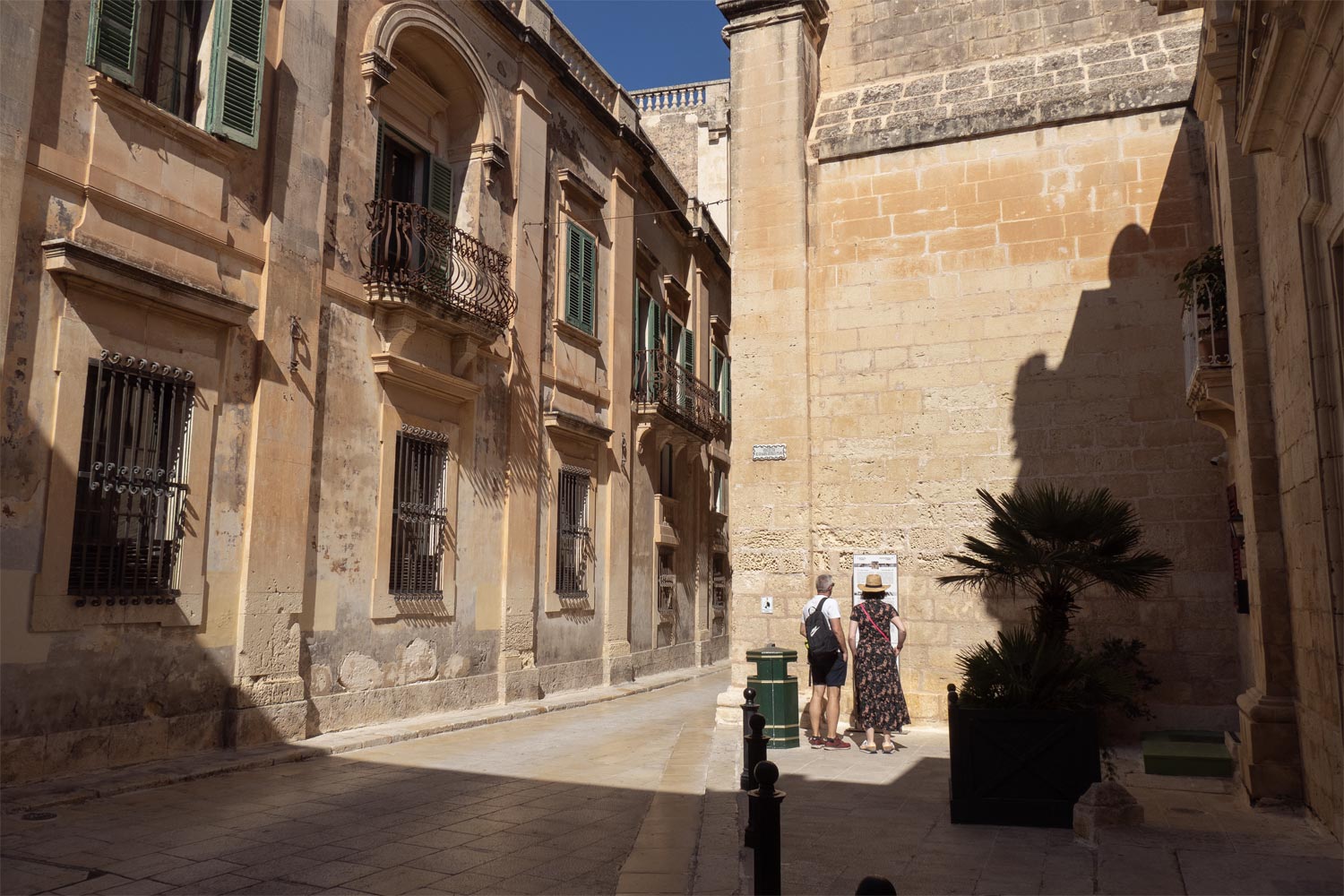
The city is very small, and almost everything in it is the same. Sometimes you come across small details, like an antique lantern or someone’s figure protruding from the wall.
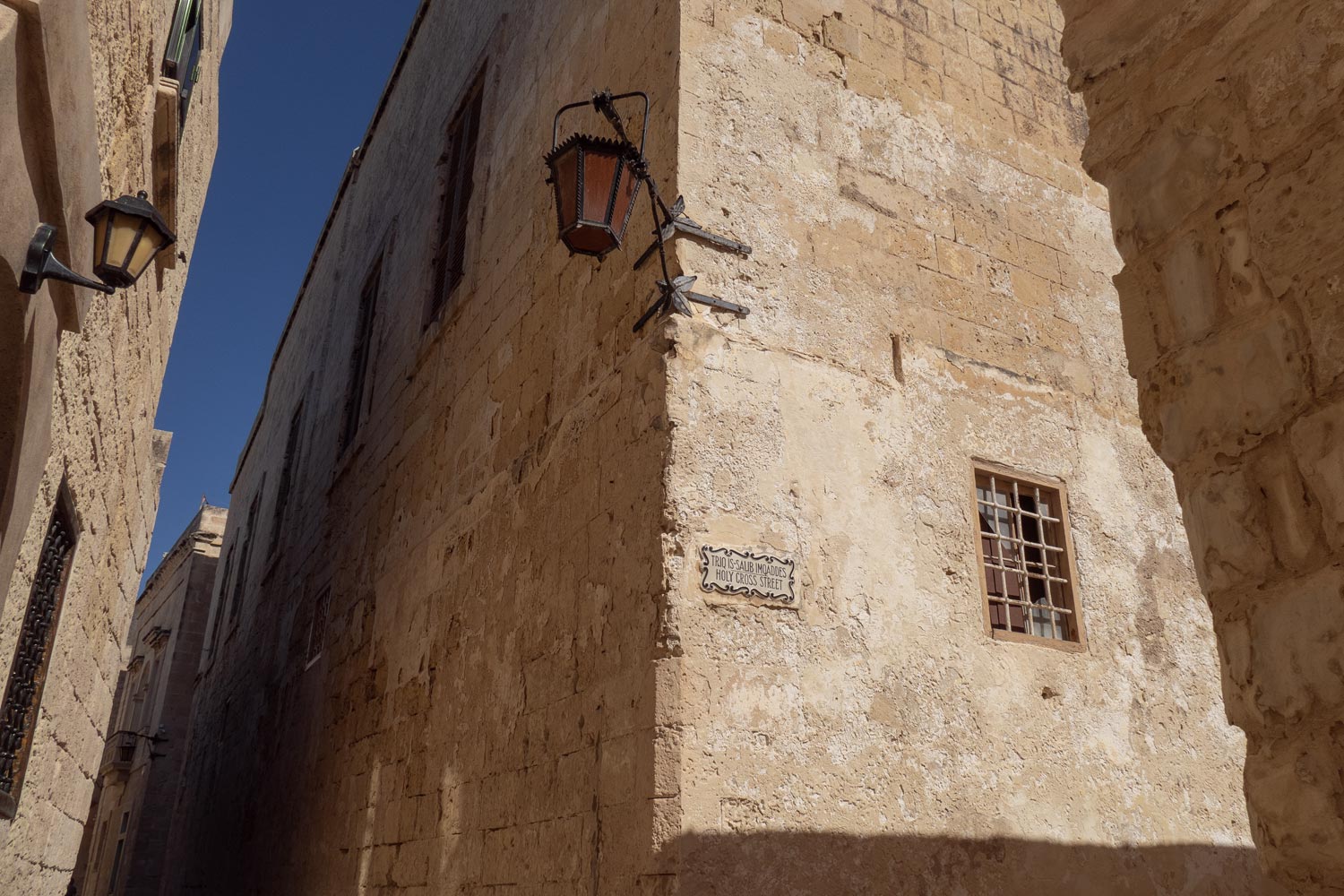
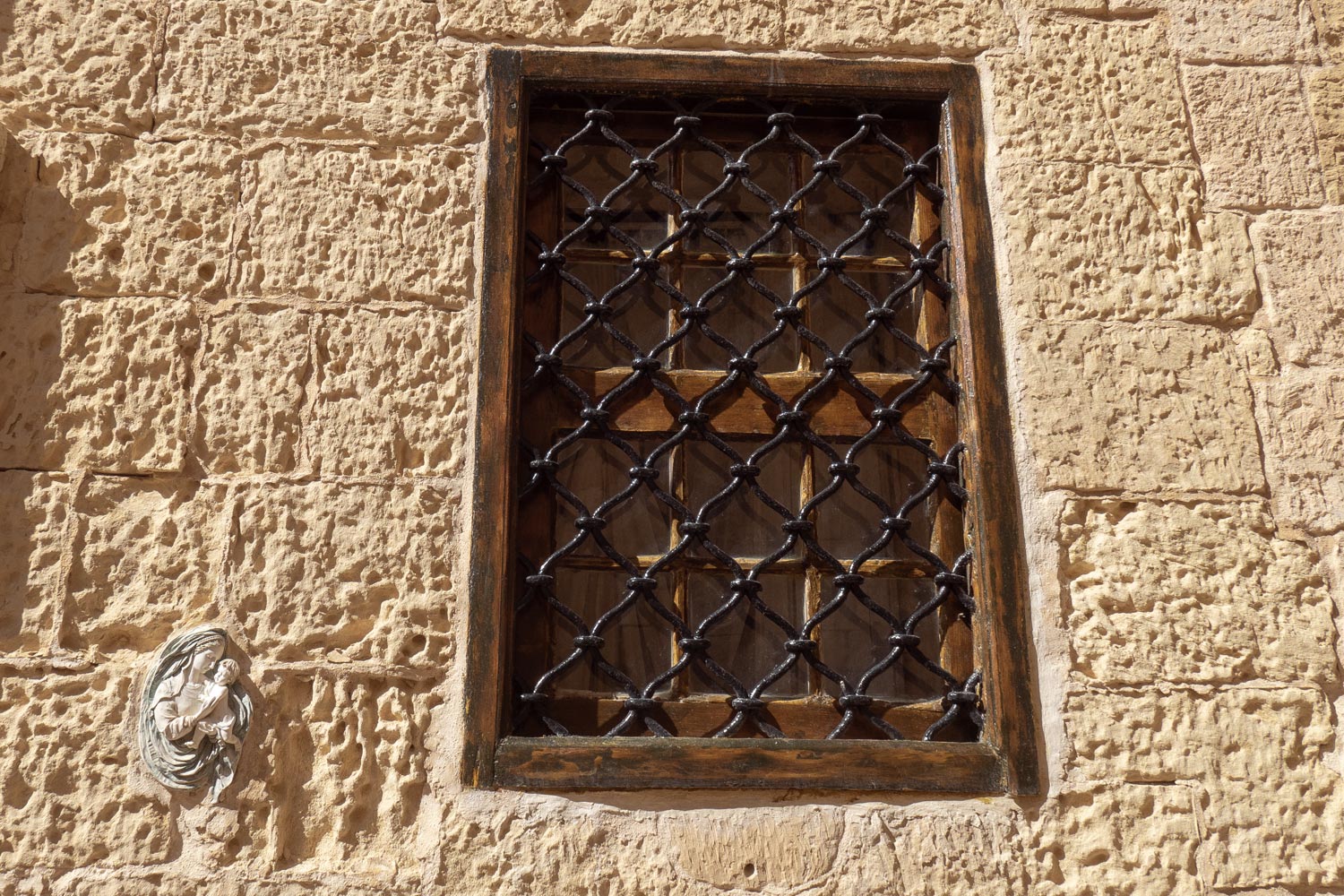
There are very few plants in Mdina, and those that are there look otherworldly in this stone paradise.
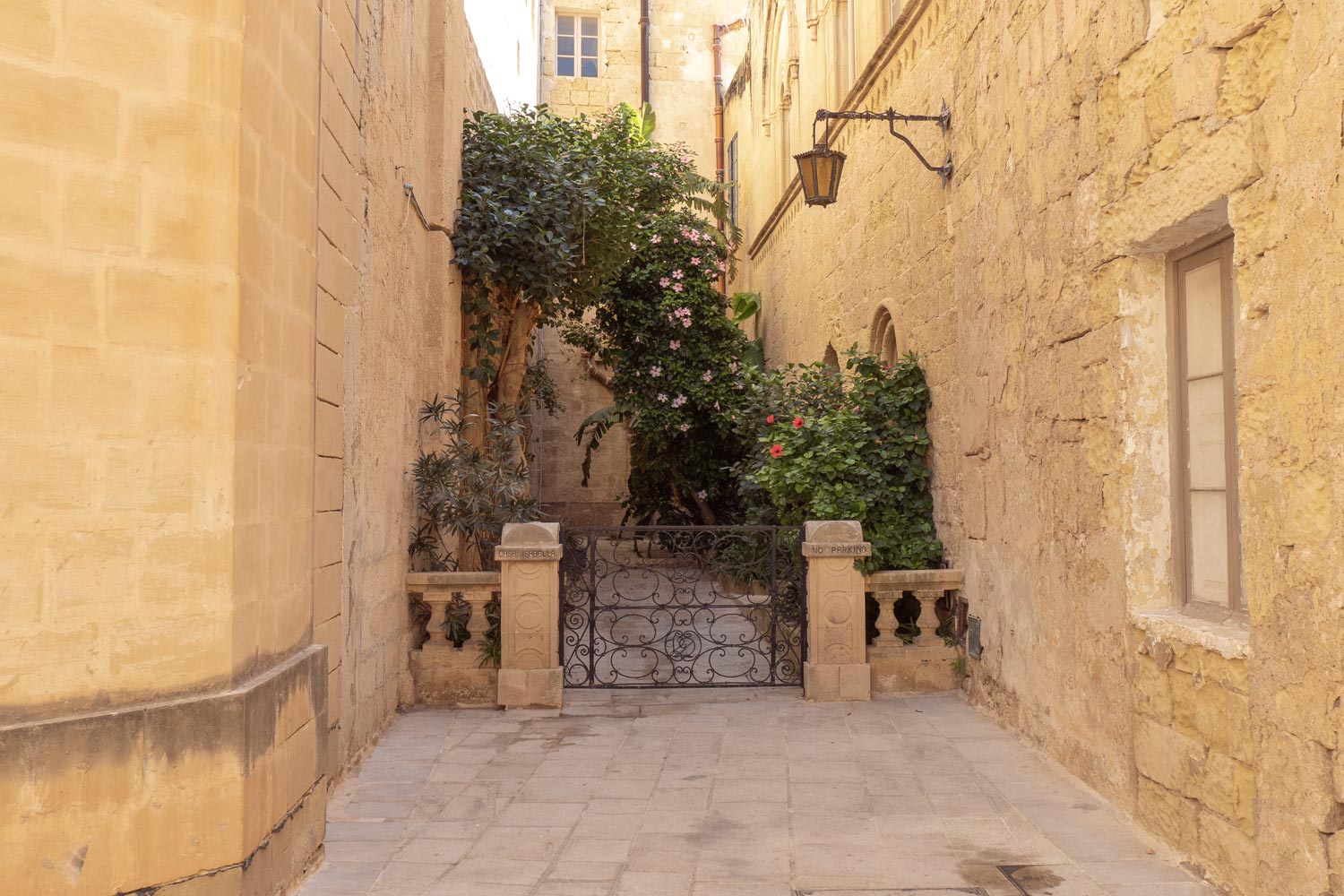
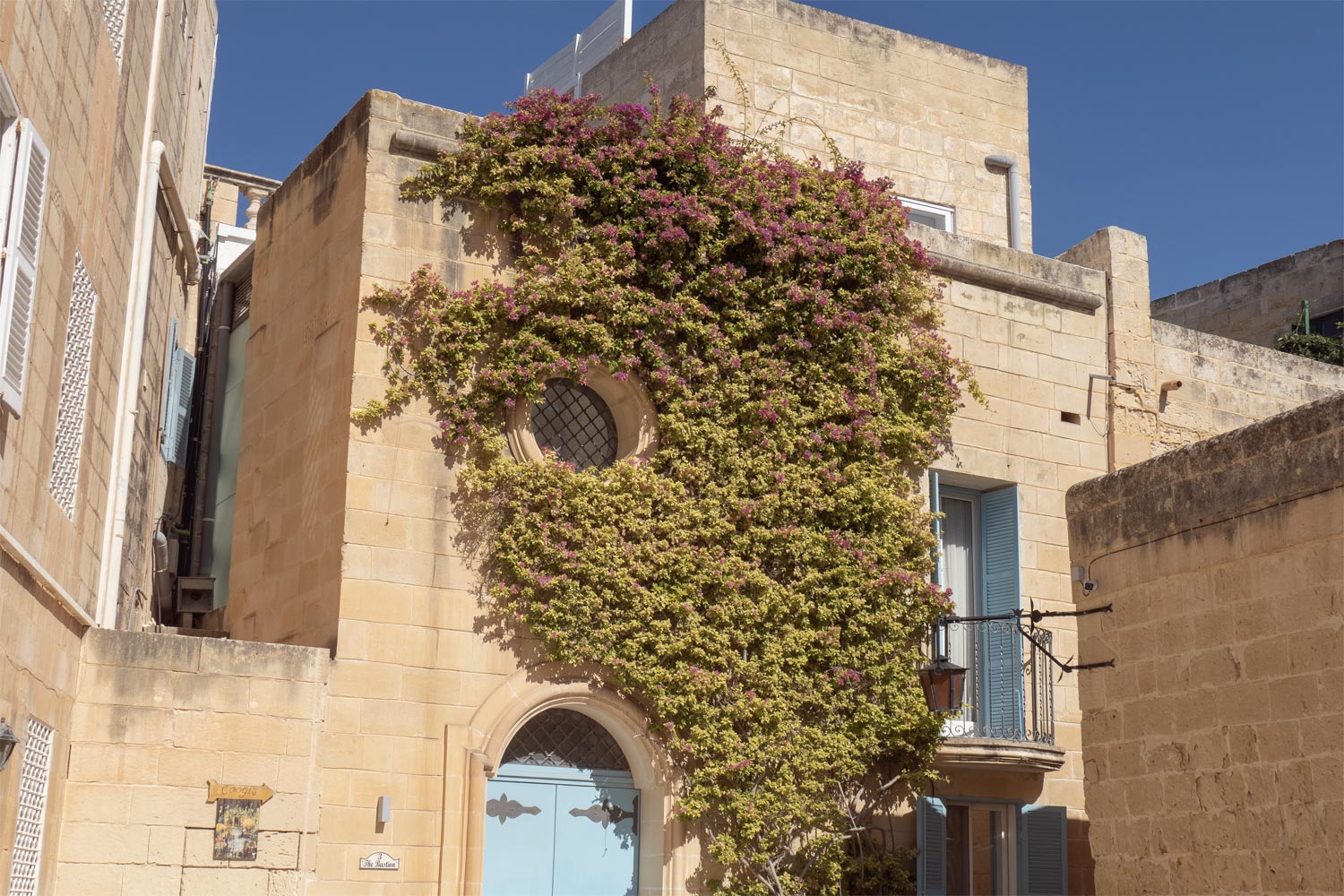
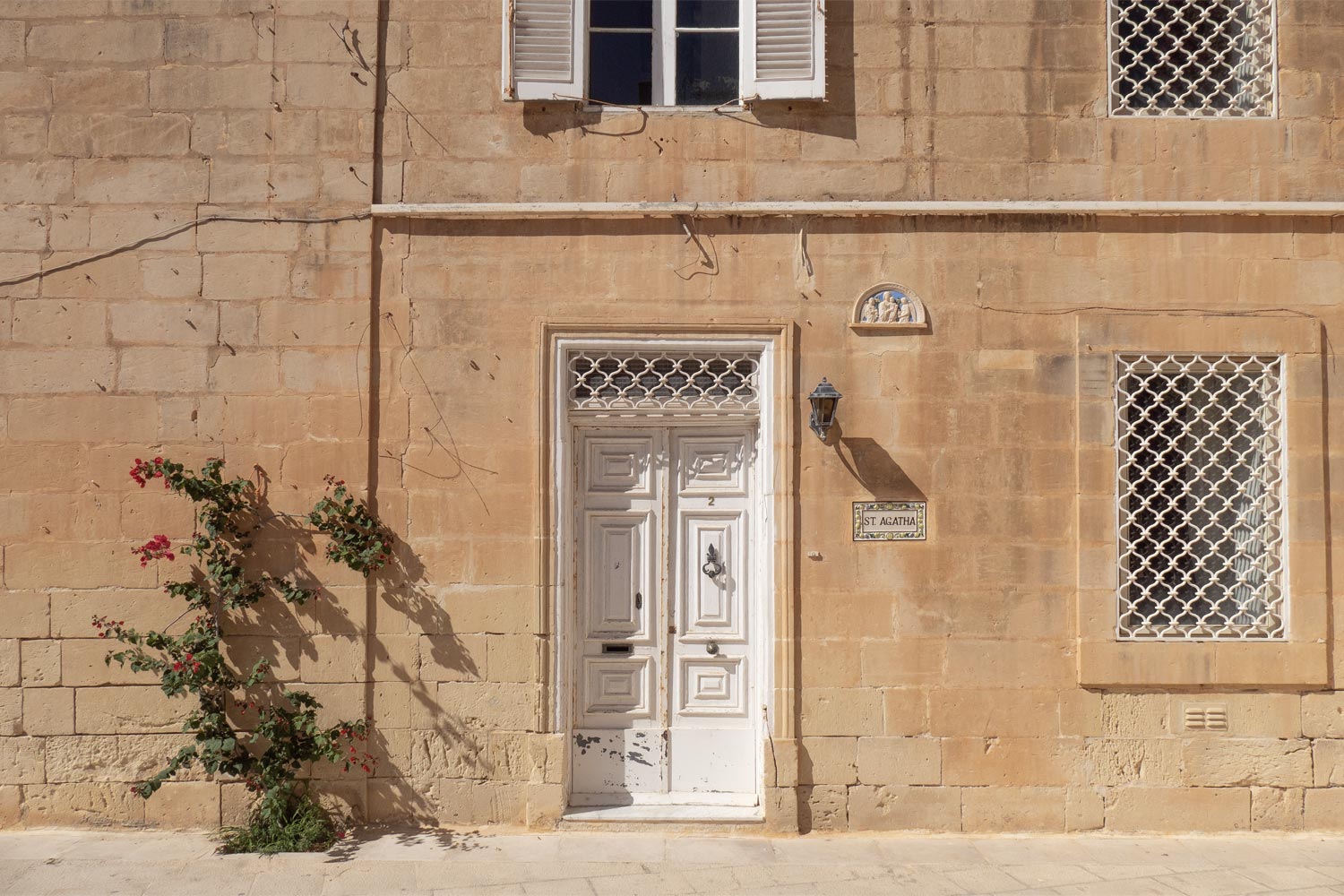
Tourists constantly arrive in Mdina, so signs asking to maintain silence hang on the walls.
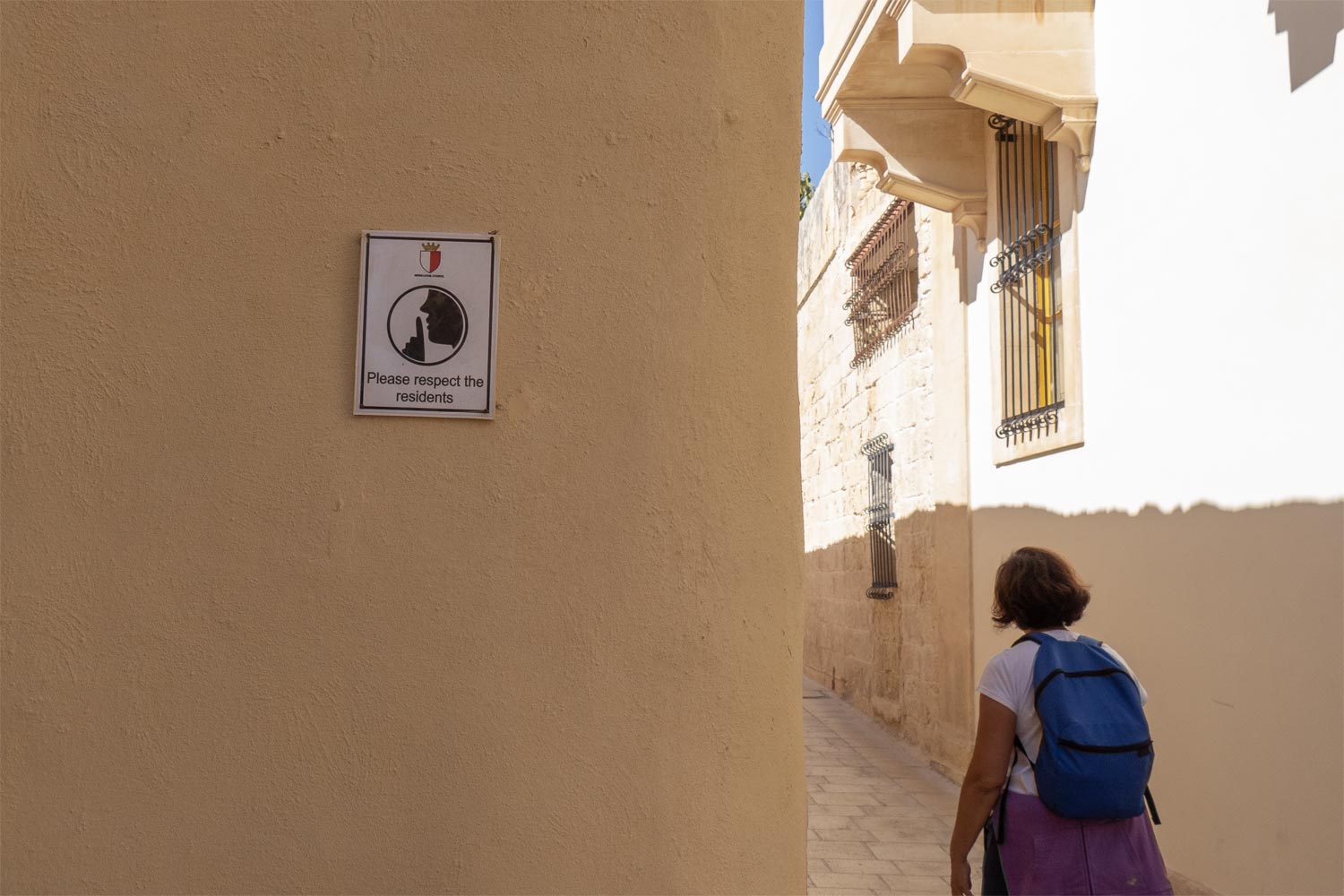
From the fortress, a view of rural Malta.

Rabat
In fact, Mdina is not quite a city. It’s more of a tourist monument where live 300 people. Next to Mdina is another town called Rabat. Its population is 11 thousand.
In the center of Rabat stands a cool basilica from the 18th century.
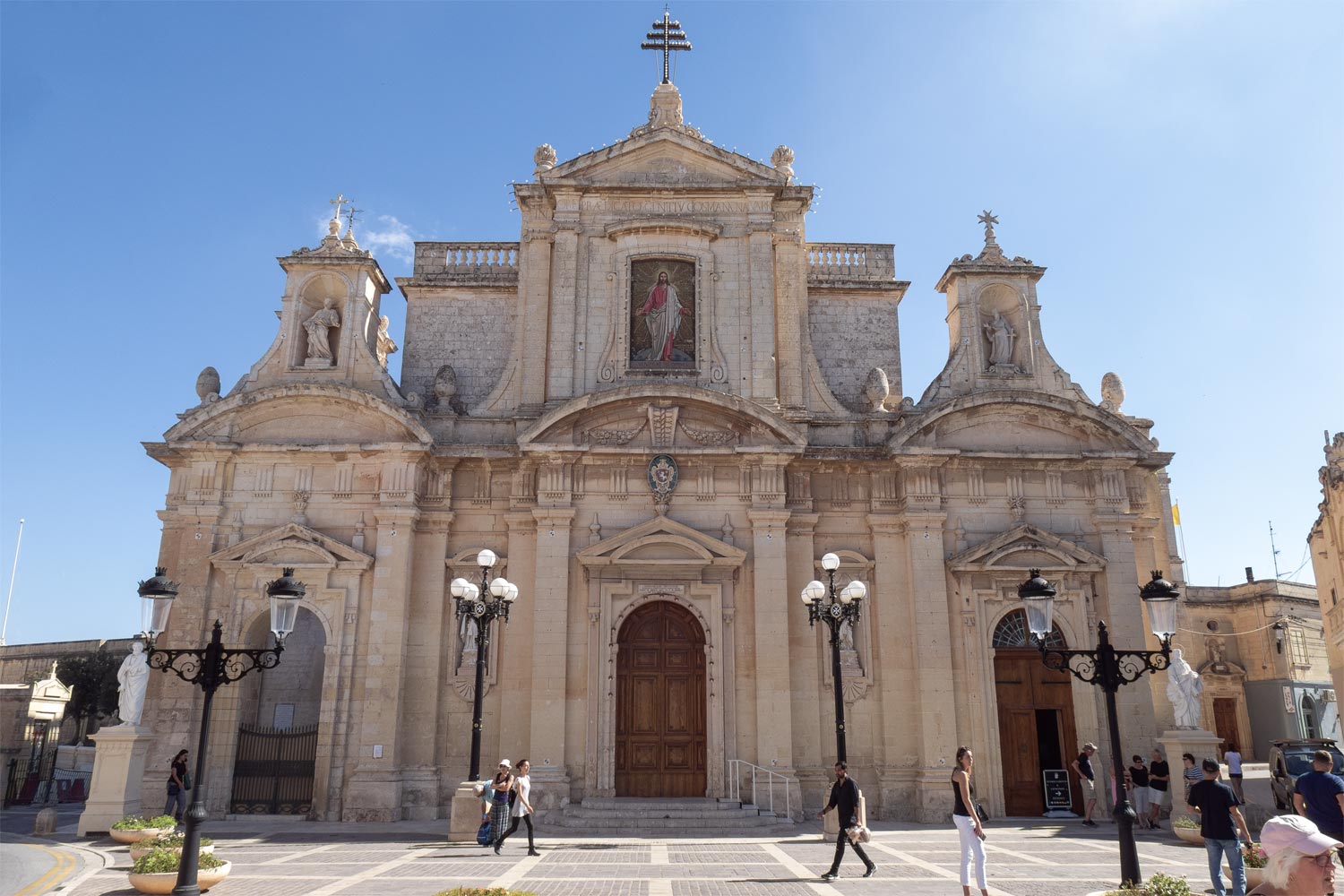
The town as a whole is low-rise and compact.

In contrast to the polished Mdina, Rabat is full of weathered walls and other kinds of beauty.
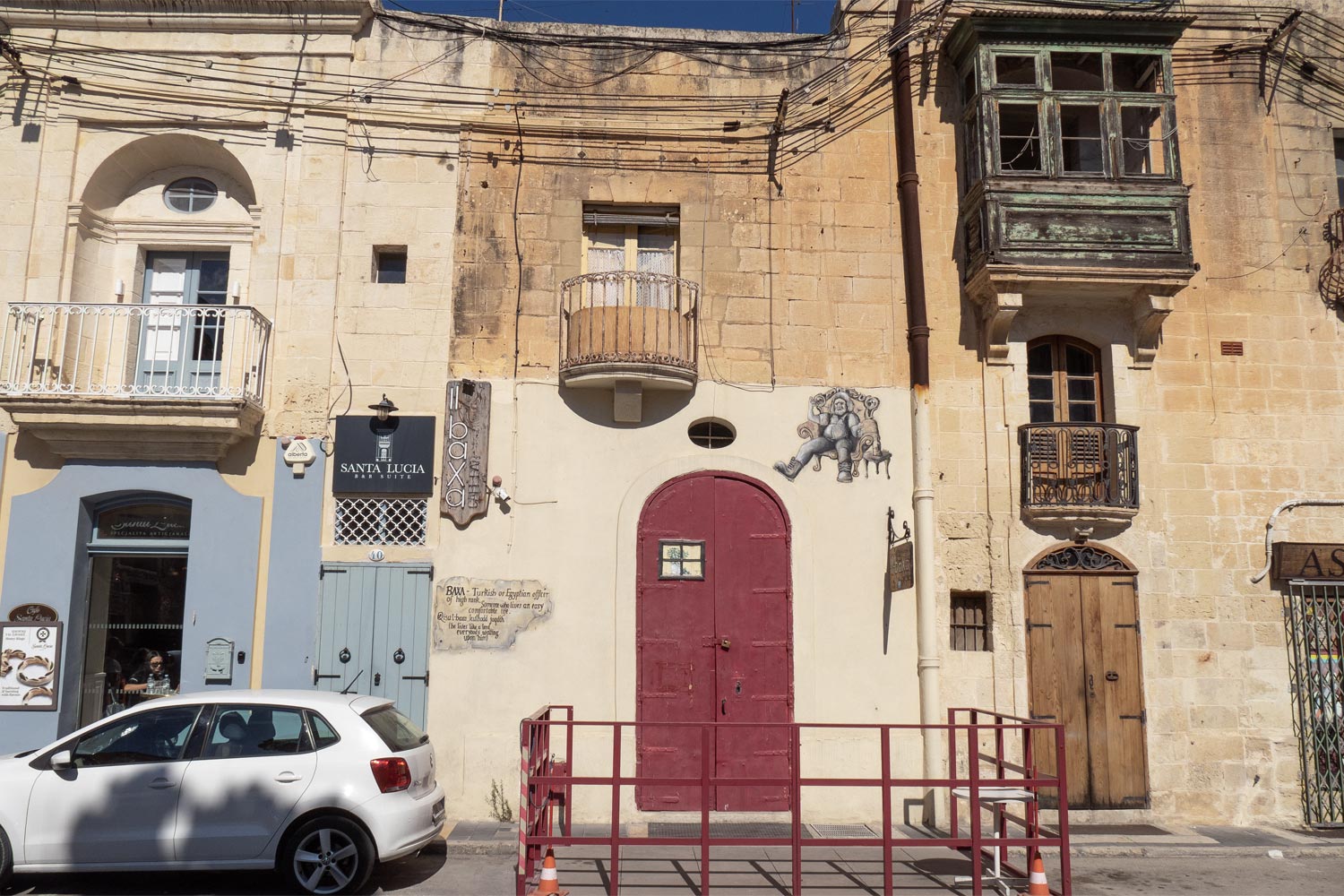
You come across Arab balconies, like in Valletta, but quite rarely.
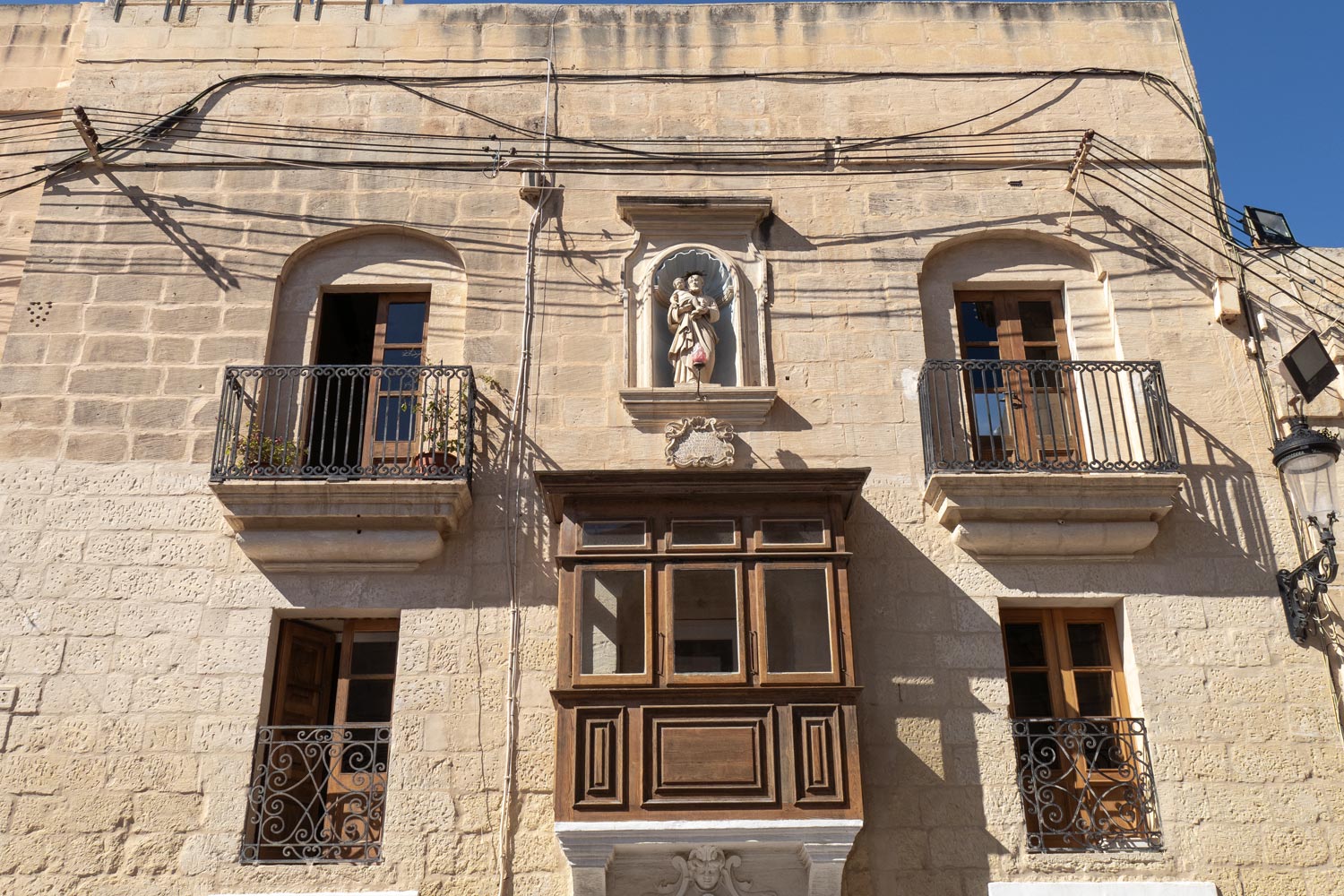
A mild degree of disorder is effectively maintained on the streets.
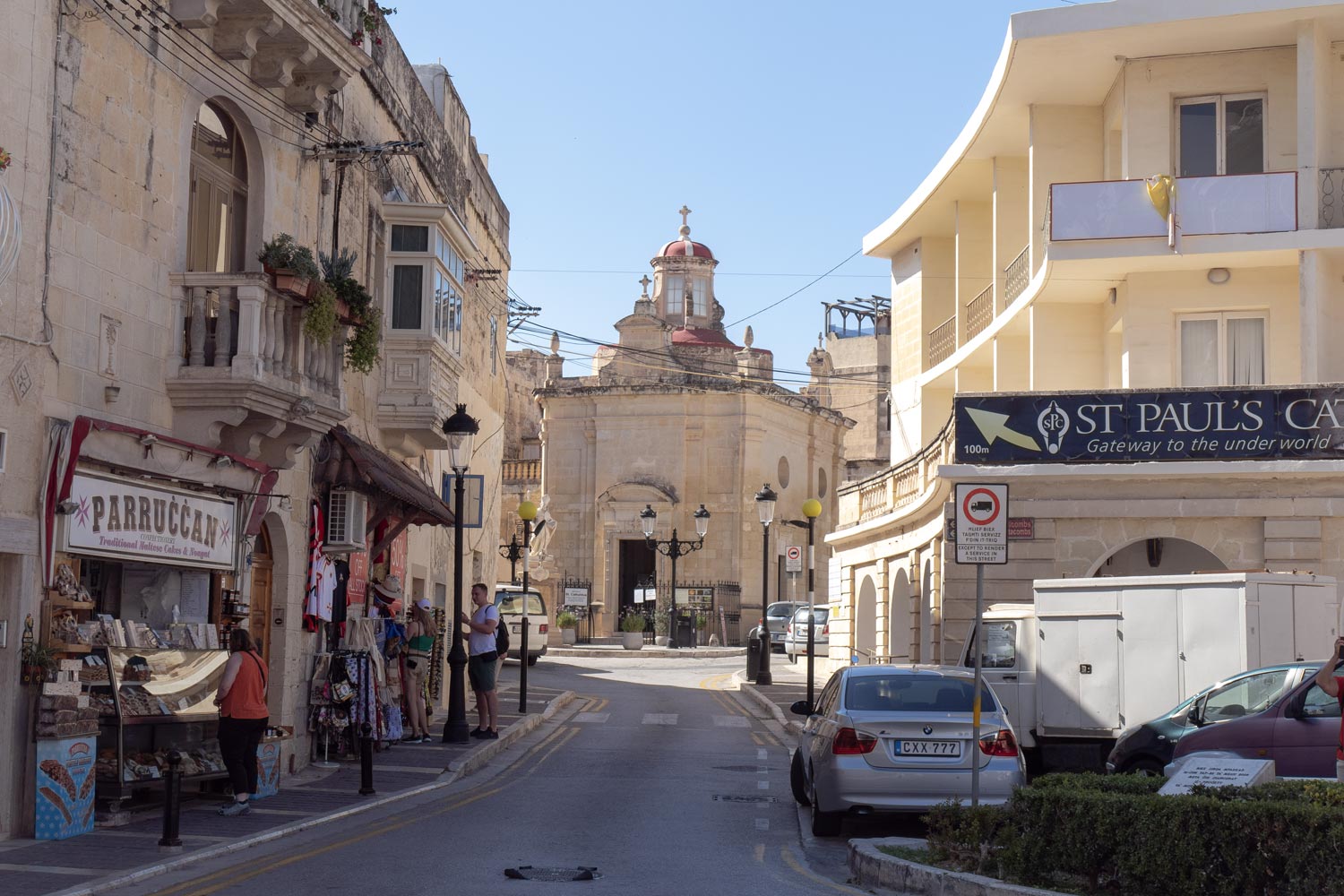
For understandable reasons, driving into Mdina by car is prohibited, while in Rabat, for understandable reasons, it is allowed.
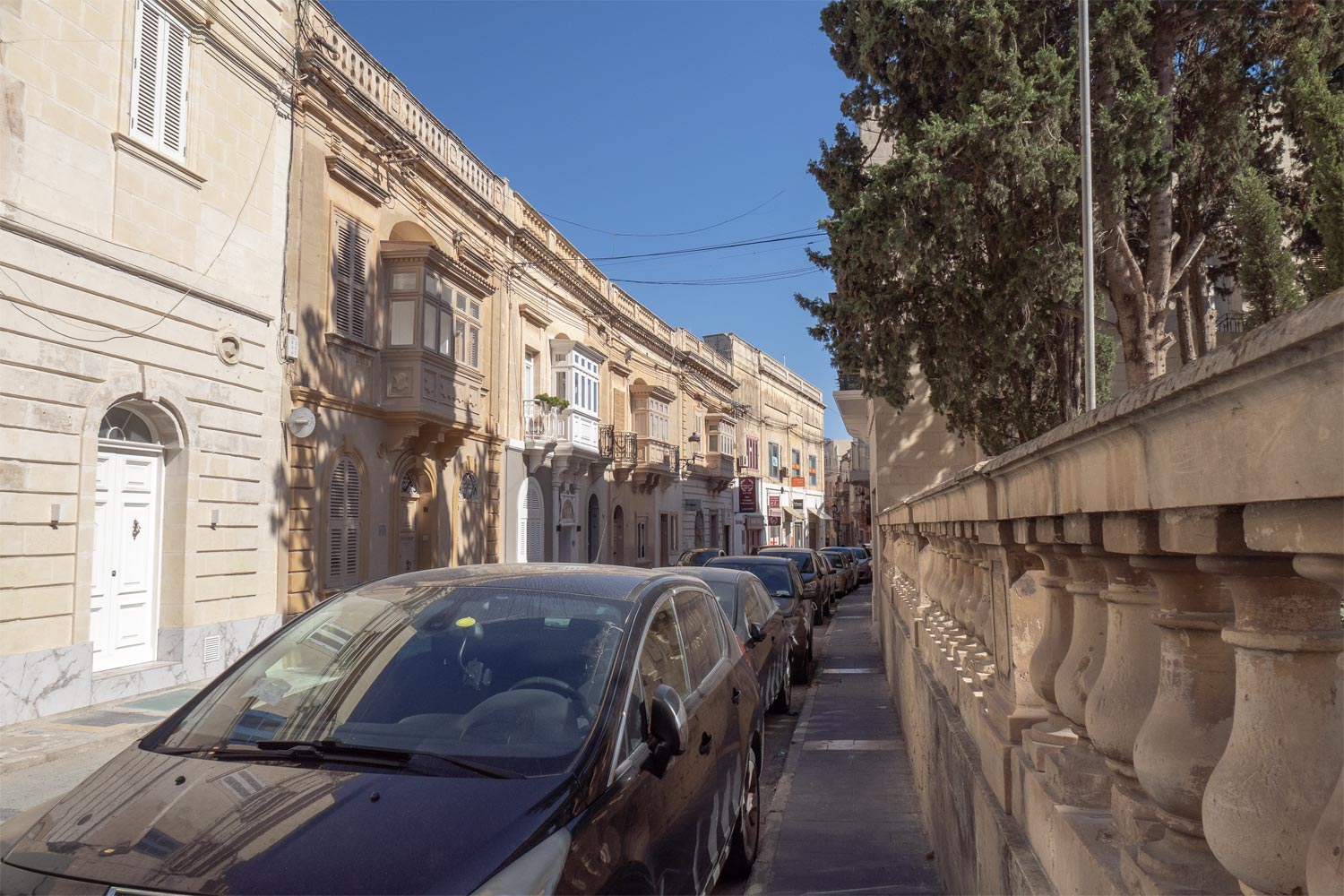
There’s not much to do here, really.
